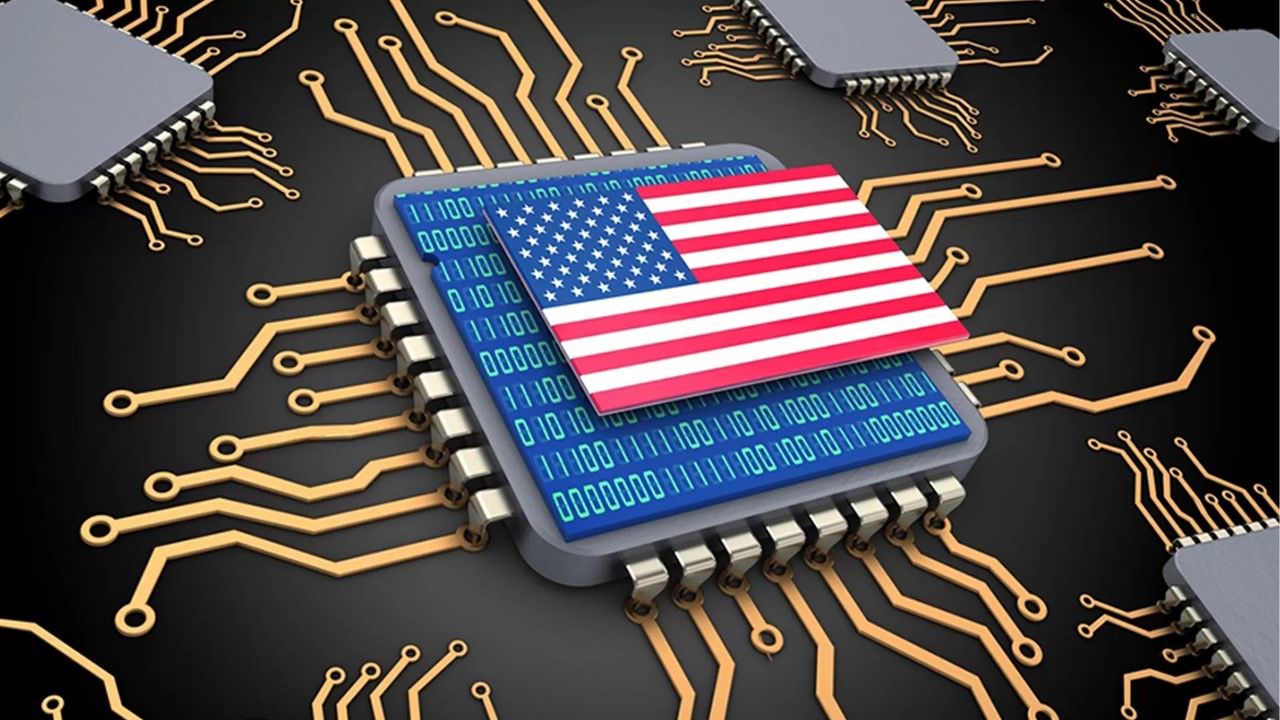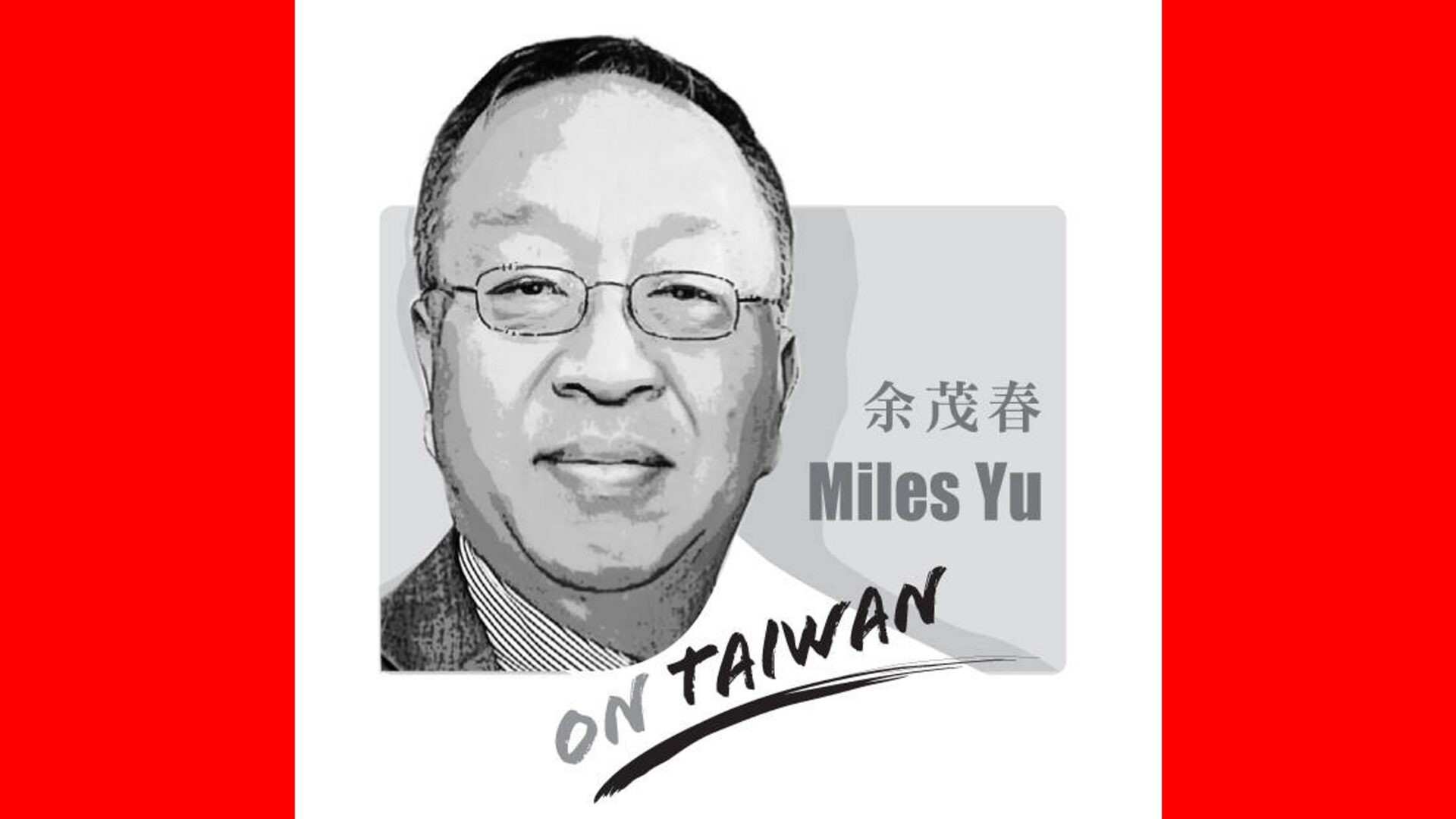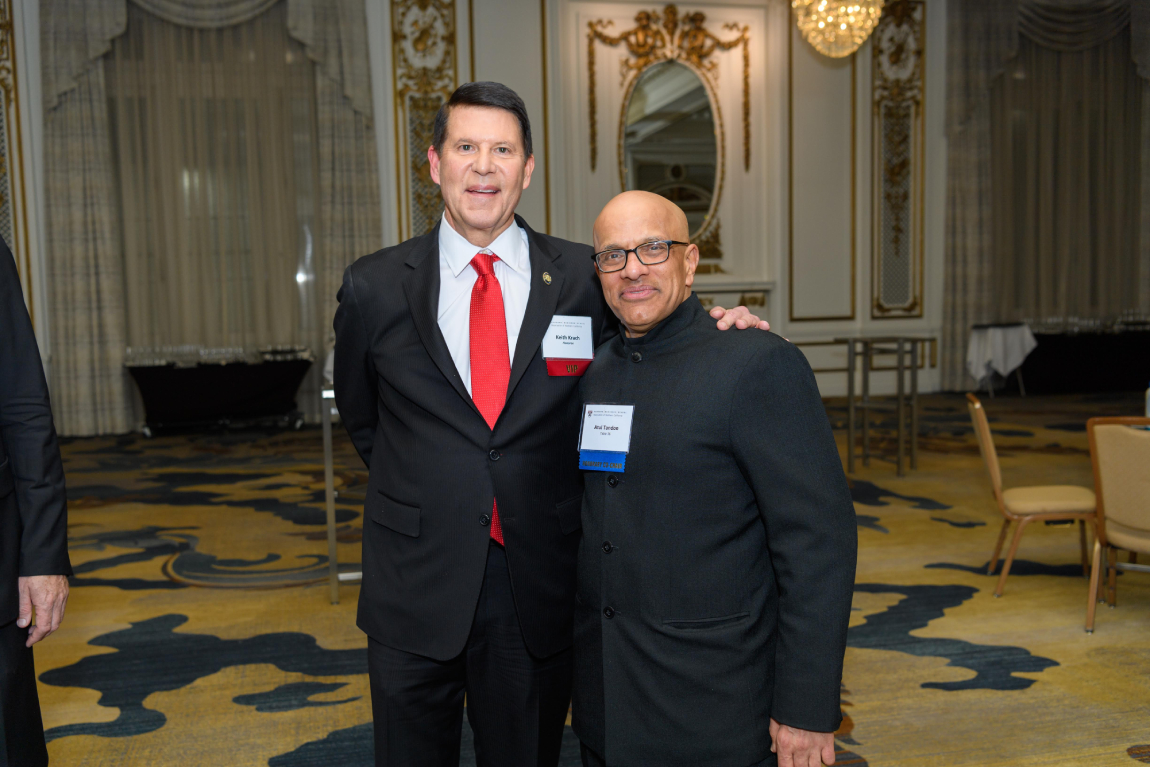Article
History of the CHIPS and Science Act

History of the $280B Bipartisan Chips and Science Act
- The bipartisan $280B Chips and Science Act in essence merged the Endless Frontiers Actand the Chips for America Act. Those two pieces combined with what we put in the Bill for Economic Statecraft probably make up 95% of the bill. This legislation was a vital element of our mission to develop an operationalize a Global Economic Security Strategy that would drive economic growth, maximize national security and combat China’s techno-economic aggression.
- The Global Economic Security Strategy (GESS) integrated three distinct pillars of action consisting of turbocharging economic competitiveness and innovation, safeguarding America’s assets and building a network of trusted partners.
- The first pillar focused on investing in R&D, retraining the workforce, increasing access to capital, fostering STEM education, and rebuilding the manufacturing base, all of which were incorporated in his team’s early design of the $280B bipartisan Chips and Science Act.
- The second pillar concentrated on protecting technology from our strategic adversaries, securing supply chains, strengthening IP protections, and preserving the gold stand of our capital markets. The $12B onshoring of TSMC was a direct result of the plan.
- The third pillar created the Trust Doctrine to build the Clean Network Alliance of Democracies and companies for driving the adoption of trusted technology. The 5G Trifecta which included TSMC was the opening salvo in defeating China’s 5G masterplan.
- The Endless Frontier Act, a byproducts of the first pillar of the was initially conceived in November 2019 and presented to Senators Schumer and Young to authorize about $150 billion for boosting investment in high-tech research vital to our national security in 10 tech-intensive industries including semiconductors, 5G, AI, clean energy, cybersecurity, quantum, robotics, biotechnology, and others. The bipartisan legislation which was introduced a few months later.
- The strategic plan we presented to senators and congressmen demonstrated how to grow this critical high-tech research investment to $500 billion with matches from the private sector and our closest technological allies. We later validated this and garnered significant interest from companies and countries that became members of the Clean Network.
- From an economic diplomacy standpoint, it provided an incentive to enhance collaboration with our Techno-Democracies-10(TD-10) partners which we designed as a powerful coalition to compete with China Inc. by focusing on the development, protection, dissemination, and use of emerging technologies.
- TSMC Onshoring On May 15, 2020, our combined State and Commerce Department team (Assistant Secretary for Global Markets Ian Steff was the lead for the Commerce Department) successfully convinced TSMC to onshore which was based our word to do our best in helping cover their incremental costs. The caveat was no guarantees because literally, “this will take an act of congress.”
- It was one of the greatest collaboration experiences I ever had, whether it was as Under Secretary of State or CEO. It was about trust. TSMC opened their books to us. We opened our thoughts to them, and we made the $12 billion deal happen in two weeks’ time.
- At the press conferencethat day, I put it this way: This is a big day for America – for national security, our global economic security, and our long-term prosperity. TSMC will invest $12 billion, a truly massive sum, in the largest onshoring in U.S. history. The investment will create thousands of jobs across the entire supply chain and create a broad ripple effect of technical training and know-how throughout the tech ecosystem. The State Department is committed to the national security strategic imperative of securing the semiconductor supply chain and bringing high-tech manufacturing back home where it belongs. Our objective is that U.S. and foreign chip manufacturers build their next state-of-the-art fabs in the United States to rebuild that critical ecosystem.
- The CHIPS Act portion of the Chips and Science Act was derived from our combined State and Commerce Department team’s historic $12 billion onshoring of Taiwan Semiconductor Manufacturing Company (TSMC), which appropriated nearly $53 billion to bring back American semiconductor manufacturing.
- Our strategy was for the TSMC announcement to serve as a stimulus that would lead to the fortification of a trusted supply chain by attracting TSMC’s broad ecosystem of suppliers, persuading other chip companies to produce in U.S., especially Intel and Samsung, and inspiring universities to develop engineering curricula focused on semiconductor manufacturing and R&D.
- We also believed TSMC was the crucial catalyst to design a bipartisan bill (CHIPS for America) providing the necessary funding to bring back American semiconductor manufacturing. That is why we reached out to Senator Cornyn and Warner. We also hoped the deal would inspire congress to pass the bipartisan Endless Frontier Act.
- On June 10, 2020, Senator Cornyn and Warner introduced the CHIPS for America Act, to restore semiconductor manufacturing back to American soil by increasing federal incentives to secure the supply chain and create American jobs and ensure long-term national security. U.S. Representatives Matsui and McCaul introduced the legislation in the U.S. House of Representatives a day later.
- The TSMC deal became a crucial catalyst for the bipartisanCHIPS for America Act, designed to bring back American semiconductor manufacturing, and the Endless Frontier Act, to boost investment in domestic high-tech research. Both bills were eventually merged into the U.S. Innovation and Competition Act (USICA), and now called the Chips and Science Act.
For more to the Story:
The Senate just passed the next Apollo program
Architect of CHIPS Act Speaks on Its Impact
The Bipartisan CHIPS Act—and a United U.S.— Are China’s Biggest Fear
Related Posts

By: Miles Yu
article
Miles Yu On Taiwan: China’s lessons—and fears—from the Wagner revolt in Russia
For over a century, tumultuous events thousands of miles away in Russia have impacted China profoundly. Mao Zedong (毛澤東) famously said that the cannon sound of the October Revolution brought Marxism-Leninism to China. Now Xi Jinping (習近平) fears that last month’s Wagner revolt may provide a model for the Chinese Communist Party’s undoing.

article
Opportunity International and 2022 Nobel Peace Prize Nominee Keith Krach Announce Trusted Tech Microfinance Initiative
Opportunity International and Krach Institute for Tech Diplomacy Form Partnership to Bridge Digital Divide in Low-Income Countries.